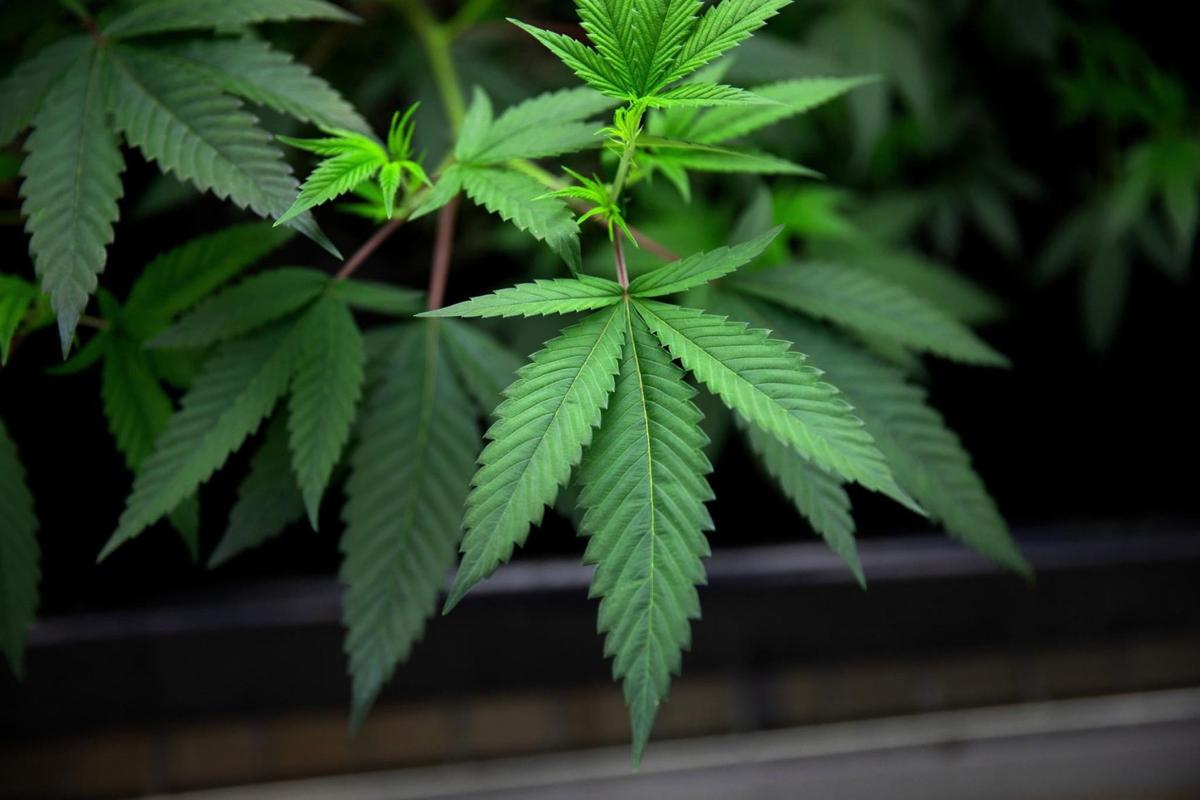In the last blog, we mentioned the first two of the 6 mistakes. They are improper light distance and overwatering. Today’s blog will lead you to the rest common mistakes. Let’s start with the third one:
3. CHOOSING THE WRONG TYPE OF LED LIGHT
Most LED grow lights you can find today are “full spectrum” lights, which is sort of a buzzword that means you can use them for vegging and flowering. But there are also models outfitted with a switch that allows you to change the light spectrum according to the phase. Moreover, some LEDs are made only for veg—emitting a bluish light that supports fast and vigorous growth—while others are made for bloom, giving off a reddish light to support bud development. So, before you get an LED light, make sure it’s the right type. For most growers, a full spectrum LED is likely what you’ll want.
4. CHOOSING LOW-QUALITY LED LIGHTS
There are now tons of low-quality LEDs available on the internet, and these manufacturers are not prioritising quality. These cheap LED lights are often claim to provide more light than they’re actually capable of. Some of these lights are only able to grow one plant (if you’re lucky), and not much more. Low-quality LEDs can also be dangerous with low quality.
Lastly, if you get a cheap LED randomly and you run into trouble, you will likely have a hard time with warranties and returns. As almost nothing is as important as your lights when growing cannabis indoors, it’s simply not smart to cut corners here. By spending a bit more on a quality LED, you and your plants will be so much happier. Plus, high-quality LEDs are much less expensive to run than HIDs, so you’ll surely save some serious cash on your energy bill over time! Buy from Aokairuisi Team who has more than ten years of experience in producing and manufacturing LED lamps and whose products have passed CE and UL certification. The product quality is guaranteed, and all kinds of problems are solved by professional personnel. How to cooperate with us
5. NOT PROVIDING YOUR CANNABIS PLANTS WITH ENOUGH LIGHT
The issue with many of those cheap “beginner LEDs” is that some manufacturers intentionally confuse the grower with specs and numbers, such as wattage. This seems fine, except that, with LED lights, wattage doesn’t really say how much light the LED is emitting; it says how much energy is required to produce the light. Instead, we’re measuring in lumens—the amount of light actually emitted. So, regardless of how high the wattage is, the light could still have a poor spread and/or doesn’t penetrate the canopy well. In other words, don’t fall victim to misleading information, and consider the source of your product.
Providing your plants with enough light can become an issue if you want to grow more than one. For example, one single 300W LED light fixture may be fine for one or maybe two plants, but it may not be enough to cover a bigger space with multiple plants. So make sure to reference any recommendations from the vendor and/or LED manufacturer on how much light you will need for your growing space. You can also contact our Aokairuisi Team to know more about using a particular LED. Contact Us
6. PROVIDING AN IMPROPER LIGHT SCHEDULE
At most high-quality seed shops, you can get autoflowering cannabis seeds and feminized photoperiod cannabis seeds. Autoflowering strains are relatively easy to grow, especially when it comes to lighting: You can just keep them under an 18–24-hour daily light schedule from the moment you plant your seeds up until harvest. They flower automatically after a few weeks of growth, which makes them very convenient.
Feminized (photoperiod) strains, on the other hand, are typically grown under 18–24 hours of light in the vegetative stage, then under 12 hours of light and 12 hours of darkness to initiate and sustain flowering. This shouldn’t be a problem, as most growers will set their lights on a timer for this very purpose. Then again, for someone who’s just starting out, they might not feel confident tailoring different light cycles and spectrums, especially if their setup doesn’t utilise full spectrum lights. It’s certainly not impossible for beginner growers to swiftly get the hang of maintaining proper light schedules, but sometimes the new tech of LEDs can lead people to make silly mistakes. In that case, you may wonder why your plant is reaching gigantic heights, but won’t grow you any buds!

